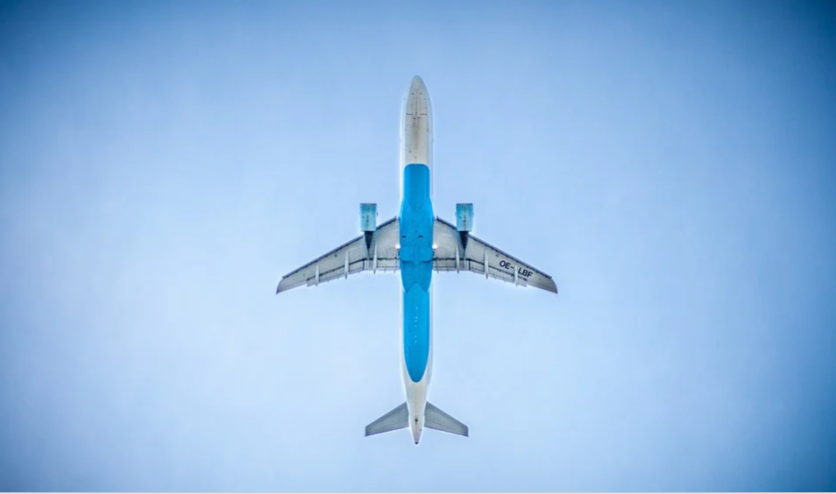
NASA has revealed that it is investigating alternative fuels that produce cleaner contrails. Contrails are the cloud-like phenomenon that is left by commercial aircrafts when it flies overhead.
NASA's Alternative Fuel Study
NASA has published a new study in partnership with DLA ATRA aircraft investigating alternative fuels. According to NASA's new study, cleaner-burning jet fuels are made from stable resources and can produce between 50% and 70% fewer ice crystal contrails at cruising altitude. This can help reduce the overall impact of aviation on the environment.
The ice crystal formations can linger in the upper atmosphere for hours, and it can affect how the earth heats and cools itself.
NASA stated that contrails produce increases in temperature, further leading to climate change over time. Richard Moore, NASA's scientists, says that researchers know contrail formation from jet exhaust has more impact on climate than carbon dioxide emissions.
The new study shows a chance to use alternative fuels that can help make immediate changes that could save the planet.
Contrails are formed from jet engine exhaust, and it includes both water vapors and soot particles. When the vapor cools, it condenses, and it forms ice crystals when supercooled water interacts with the exhaust soot or particles in the air already.
Alternative jet fuels release less soot, and this results in fewer ice crystal formations. NASA noted that the crystals that form using alternative fuels are bigger, but that does not create the same issue because they fall faster and they melt in the warmer air below.
Moore added that computer models show that contrail ice crystal numbers should depend proportionately on the aircraft engine exhaust particle emissions, according to Inverse.
More noted that it has been difficult to make the connection that was discovered in the study. As for the experiment, the collaboration used a DLR Advanced Technology Research Aircraft A320 airliner that was using alternative biofuels.
A NASA DC8 flying laboratory trailed the A320 at a safe distance, analyzing and sampling particles and gases that the aircraft left behind.
The research found that a mixture of half biofuel and half regular fuel reduced emissions by 50% to 70%. The researchers were not able to study contrails because the atmospheric conditions prevented contrail formation.
Rolls-Royce Net-Zero Plan
The NASA study came after Rolls-Royce announced that it plans to overhaul its research and development spending and product offerings as the company wants to achieve net-zero operations by 2030 and net-zero across the whole business chain by 2050.
According to Edie, Rolls-Royce is now committing only to sell products that are net-zero compatible, and this will require 75% of research and development funding to be spent on low-carbon technologies by 2025, rising to 100% from 2030. The present proportion is around 50%.
The lifetime emissions of new products and services sold to the power systems sector will need to cut by 35% by 2030 due to this investment.
Technologies that include microgrids and energy storage systems will then be sold in greater quantities under the new plans, fuel cells that can give clean power to industrial processes and heavy vehicles.
Related Article : Aviation Industry Approves Standard To Limit Aircraft Carbon Emissions
This article is owned by Tech Times
Written by Sophie Webster




![Most Useful Google Chrome Keyboard Shortcuts You Need to Know to Improve Your Browsing Experience [2024]](https://d.techtimes.com/en/full/449047/most-useful-google-chrome-keyboard-shortcuts-you-need-know-improve-your-browsing-experience-2024.jpg?w=184&h=103&f=476d29fd60df70a67f6679f99a2ca6d0)